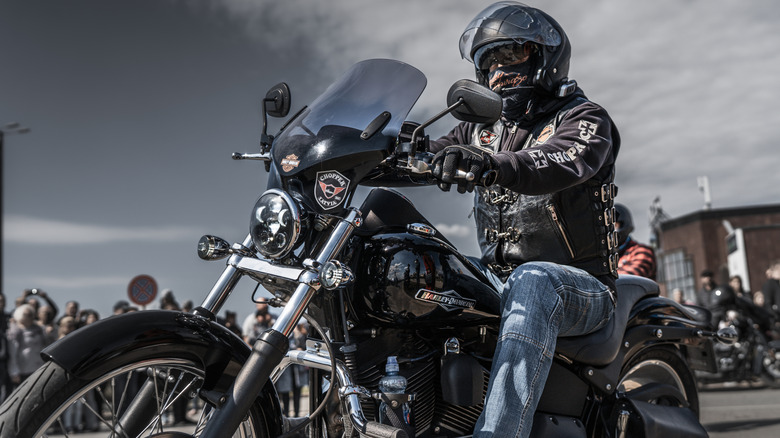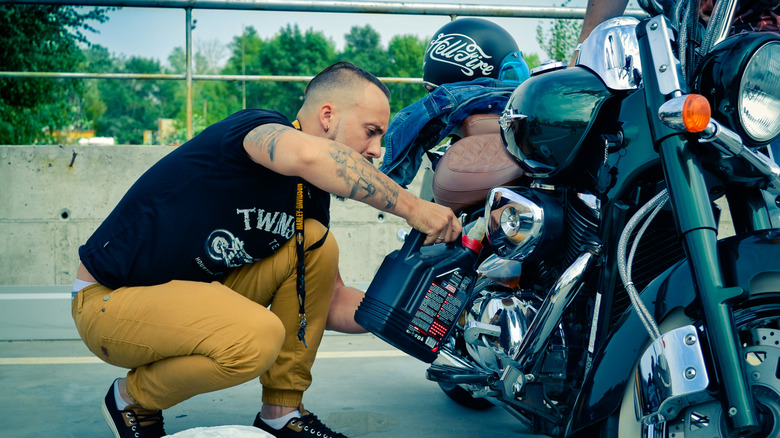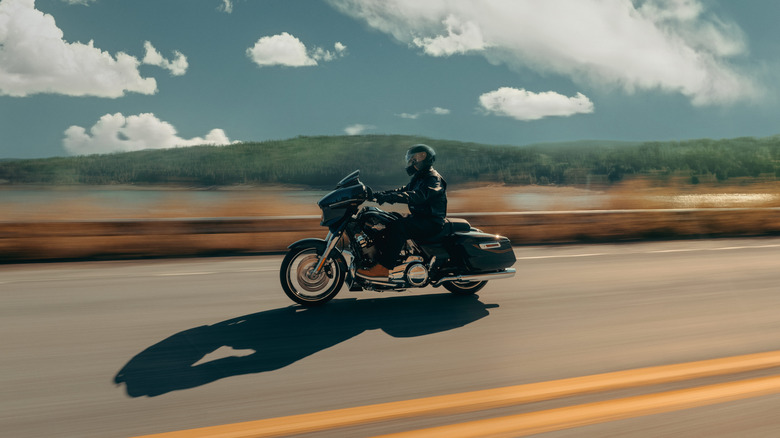
When it comes to Harley-Davidsons, mileage isn't always a clear indicator of a bike's health. Unlike cars, motorcycles wear differently depending on how they're ridden, maintained, and stored. For example, a Harley with 20,000 miles might be just getting started, while another with the same number could be nearing serious repairs.
It all depends on the model and the rider. On average, motorcycles rack up around 3,000 to 5,000 miles per year, so a 10-year-old Harley with 30,000 miles is generally considered
to have average usage.
Still, there's no one-size-fits-all number. Touring models like the Road King can handle over 100,000 miles with ease, especially when maintained well. On the other hand, the lighter models like the Sportster may begin showing signs of wear around the 30,000–50,000-mile mark. Dyna and Softail bikes tend to fall somewhere in between, lasting 40,000 to 80,000 miles before needing serious work. Ultimately, a Harley's lifespan depends more on how it's treated, rather than what the odometer says.
Read more: 6 Of The Fastest Cruiser Motorcycles, Ranked By Top Speed
Why Maintenance Is More Important On A Harley-Davidson

If you're shopping for a used Harley or evaluating your own, don't focus only on the mileage. A 50,000-mile bike with regular oil changes, garage storage, and detailed service logs may outlast a 20,000-mile bike that sat idle in the rain. Bikes that aren't ridden enough can develop dry seals, rusty tanks, stale fuel, and all kinds of internal wear. A bike that's been properly broken in during its first 500–1,000 miles will also age better in the long run.
Aggressive riding and frequent stop-and-go use wear out parts like clutches, brakes, and suspension faster than smooth highway cruising. Around 30,000–50,000 miles, you can expect clutch replacements, and past 80,000 miles, an engine rebuild may be necessary.
Still, there are Harleys on the road with over 100,000 miles running strong, some even reaching the million-mile mark with dedicated care. That kind of longevity simply proves how well these bikes can hold up when treated right.
How To Make A High-Mileage Harley Last

Aging gracefully isn't just for people; Harleys can do it too. Firstly, storage plays a huge role. A bike kept in a dry garage will age much better than one left outdoors. Regular cleaning and lubrication prevent corrosion, and keeping up with scheduled maintenance helps avoid major failures. Swapping out worn components like drive belts, tires, and brake pads can extend a bike's life dramatically. Furthermore, using premium gas in your Harley is one of the best ways to help it age like fine wine.
Insurance companies may consider mileage in certain cases, but they typically care more about usage patterns and accident history. While high mileage might slightly lower resale value, it doesn't always hurt performance, especially if the bike's been properly maintained.
As a result, riders who follow service intervals often enjoy trouble-free ownership for decades. A well-documented service record can also help preserve the bike's long-term value and trust with future buyers.
Want the latest in tech and auto trends? Subscribe to our free newsletter for the latest headlines, expert guides, and how-to tips, one email at a time.
Read the original article on SlashGear.










